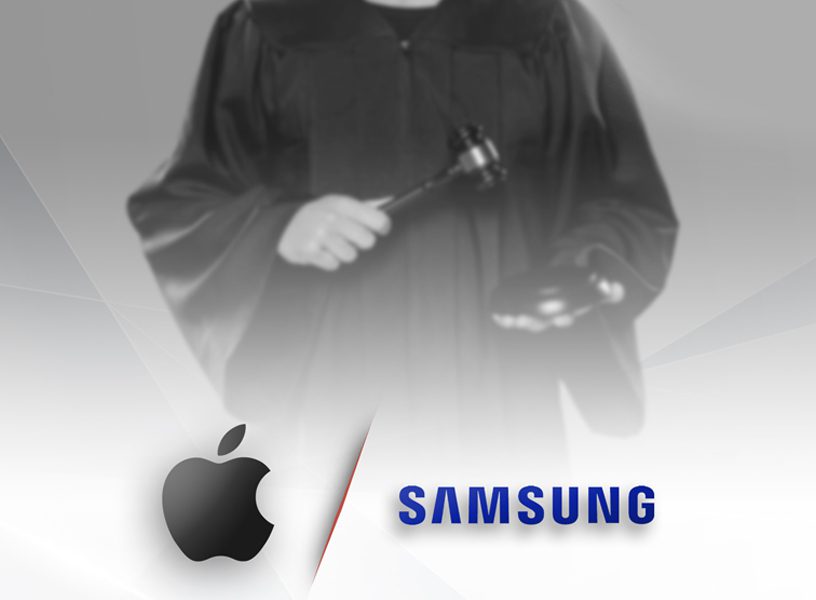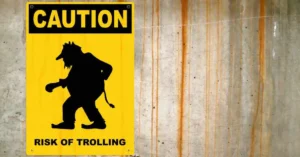Since the beginning of the 2010s, smartphone users were largely divided on two camps; Android or iOS? Apple or Samsung? What they might not know, is that the manufacturers themselves were battling for more than just market share. Tech giants Samsung and Apple engaged in a series of high profile legal disputes on patents. This “war” went on for years, involving many different territories, with billions of US dollar at stake.
The guns were first drawn on April 2011, when Apple sued Samsung on the grounds of infringement on three utility patents and four design patents in a lawsuit filed at the United States District Court for the Northern District of California. The IPs involved in that suit included, among others, features such as a touch-screen display, the “bounce-back” scrolling feature, as well as the overall design/look of some Apple products. Samsung responded with a lawsuit of its own, alleging that Apple had infringed upon several of Samsung’s patents involving 3G wireless technology. Both sides sought damages.
In 2012, a verdict was given that greatly favored Apple. The ruling concluded that Samsung had indeed infringed upon their patents, thus entitling them to a whopping $1.049 billion in damages. Contrastingly, Samsung’s countersuit bared no fruit, as they received no damages. Samsung motioned appeals, arguing that damages should be limited since patent infringement involved only certain features and not entire products. It eventually reached the Supreme Court, and in 2016 the Supreme Court rules in favor of Samsung, thus reducing the initial sum that the Korean multinational company had to pay.
Even though the sums were reduced later on, the sheer amount of money involved in the case attracted significant media attention, and more importantly, it signaled what was to come for both companies in terms of patent protection. The dispute that started in 2011 was the first series that spanned almost the entire decade and was waged in other countries such as South Korea, Australia, the Netherlands, Germany, France, Italy, and the UK.
The dispute in South Korea, the country in which Samsung is based on, was fascinating. In 2012, a Seoul court ruled that both companies had infringed on each other’s patents, awarding damages to both technology giants and imposing a partial ban on product sales in South Korea. The court ruled that Apple had violated two of Samsung’s wireless technology patents, ordering them to pay $17,650 in damages for each patent violated. Meanwhile, Samsung was found to have infringed Apple’s concerning bounce-back technology and was required to pay Apple $22,000. Furthermore, the ruling partially banned Apple’s iPhone 4 and iPad 2, Samsung’s Galaxy S2 and Galaxy Nexus smartphones, and Galaxy Tab and Galaxy 10.1 tablets.
Eventually, the “patent war” between Samsung and Apple reached its conclusion in 2018. In June of that year, it was reported that both sides had notified a district court in California that they had reached an agreement to drop and settle their remaining claims and counterclaims in relation to their dispute. Judge Lucy Koh of the Northern District of California signed the order dismissing all suits with prejudice, thus preventing the filing of new cases on the same claim. The terms of the settlement between the two tech giants are undisclosed.
Conclusion
The “war” involving two of the biggest names in the smartphone industry had captivated observers and consumers alike. The great lengths each company took to protect their products perfectly underlined the growing relevance of advanced communication devices in our modern culture and, by extension, the value of IP in the tech industry. Indeed, in today’s market, IP is more than a property—it’s akin to your gamble, blood, and children. Unsurprisingly, two prestigious companies, such as Apple and Samsung, went to war for it.
For more information regarding patents and other categories of IP, contact us at ambadar@ambadar.co.id.
Source:




